Apple pleased a lot of Apple computer fans with the introduction of the new MacBook Pro and Mac mini yesterday. First of all, let's quickly mention what kind of devices these are. In particular, a new professional laptop from Apple, the MacBook Pro (2023), received the arrival of the long-awaited M2 Pro and M2 Max chips. Alongside it, the Mac mini with the basic M2 chip was also announced. At the same time, however, a relatively fundamental step was taken. The Mac mini with an Intel processor has finally disappeared from the menu, which has now been replaced by a new high-end version with the M2 Pro chipset. In terms of the price/performance ratio, this is a perfect device.
It could be interest you
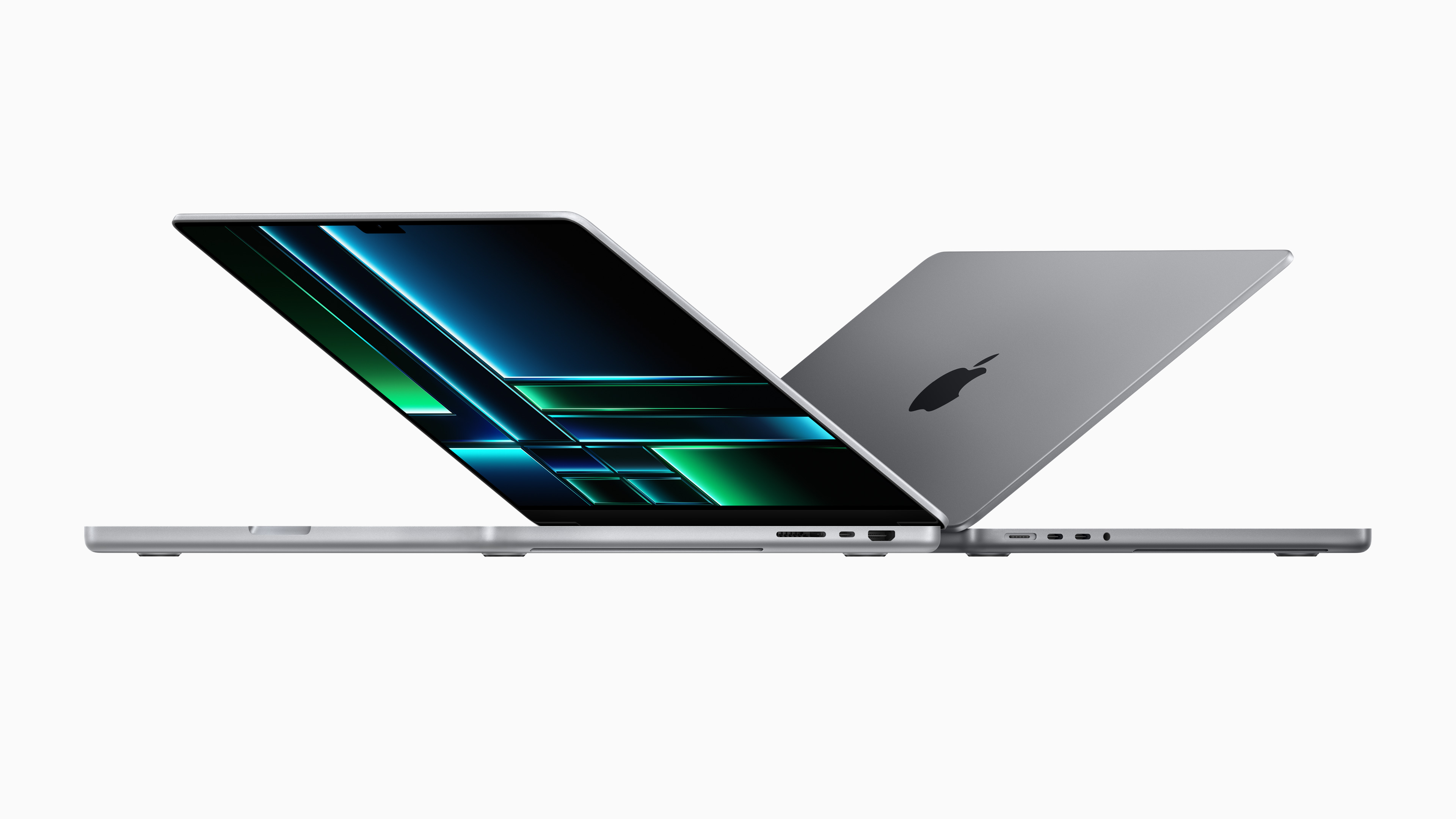
In addition, the new products now reveal what can await us with the arrival of the next generation. Although more than a year separates us from its introduction and launch, it is still being discussed quite widely in the apple community. By all accounts, we are in for a fairly fundamental performance shift forward.
The arrival of the 3nm manufacturing process
There has been speculation for a long time about when we will see new Apple chipsets with a 3nm production process. Earlier leaks mentioned that we should wait already in the case of the second generation, i.e. for the M2, M2 Pro, M2 Max chips. However, the experts gave up on that very soon and started working on the second version - that on the contrary, we will have to wait another year for them. In addition, this was supported by other leaks about the start of their testing and production, which is under the wings of the main supplier TSMC. This Taiwanese giant is a global leader in chip manufacturing.
The manner in which this year's generation is presented also speaks of the fact that a major step forward could be around the corner, so to speak. It has received only minor improvements. The design remained the same for both devices and the change came only with regard to the chipsets themselves, when we specifically saw the deployment of new generations. After all, something like this could be expected. Of course, it is not technologically possible for revolutionary novelties to come to the market year after year. Therefore, we can perceive the currently presented products as a pleasant evolution that especially strengthens the performance and overall capabilities of the device. At the same time, we certainly must not forget to mention that the new chipsets are also more economical, thanks to which, for example, the aforementioned MacBook Pro (2023) offers slightly better battery life.
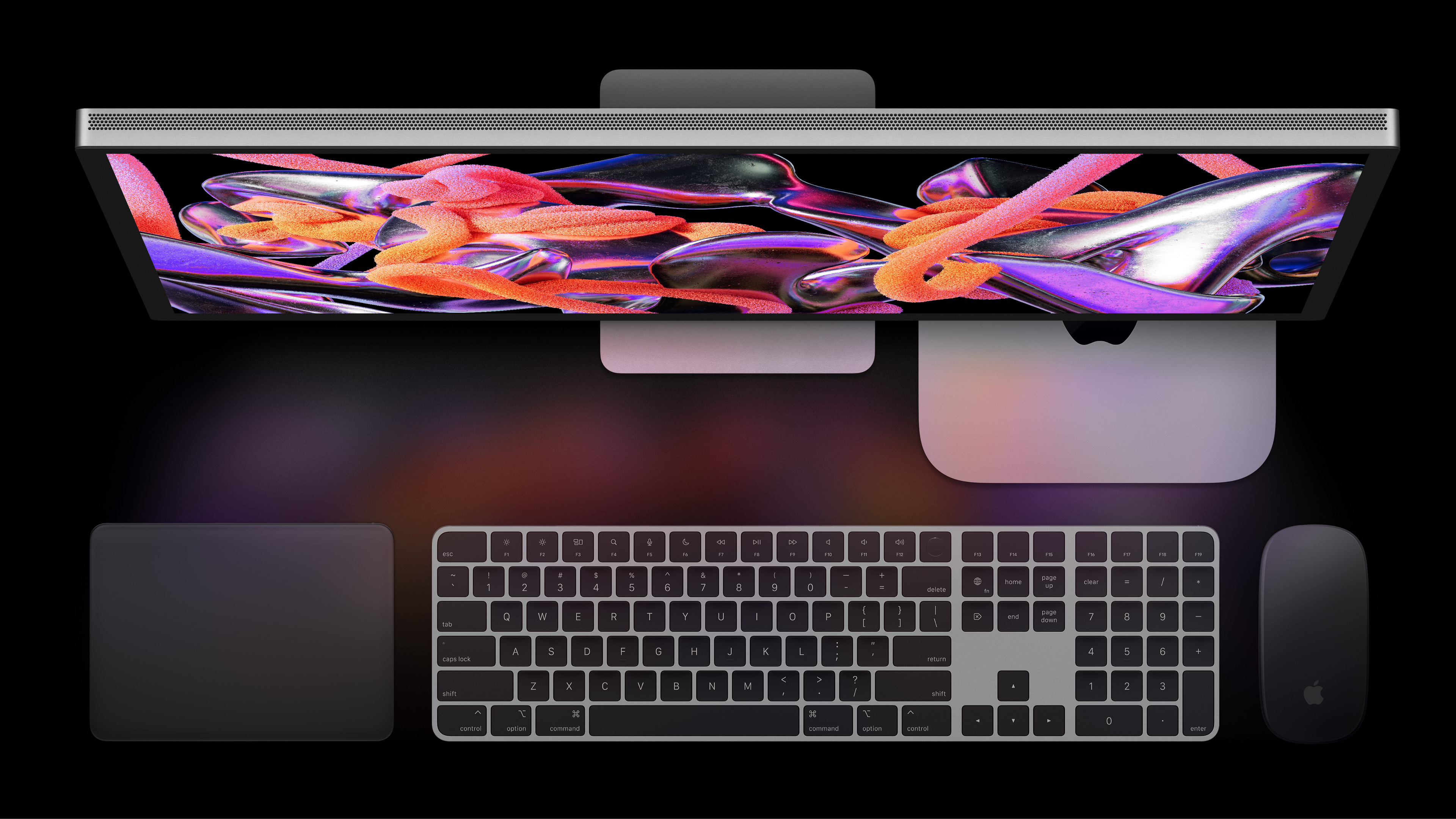
The next major change will come next year, when Apple computers will boast a brand new series of Apple chips labeled M3. As we mentioned above, these models should be based on the 3nm manufacturing process. Apple currently relies on TSMC's improved 5nm manufacturing process for its chips. It is this change that will shift both performance and energy efficiency. In general, it can be said that the smaller the production process, the more transistors fit on a given silicon board, or chip, which subsequently increases performance as such. We covered this in more detail in the attached article.
It could be interest you
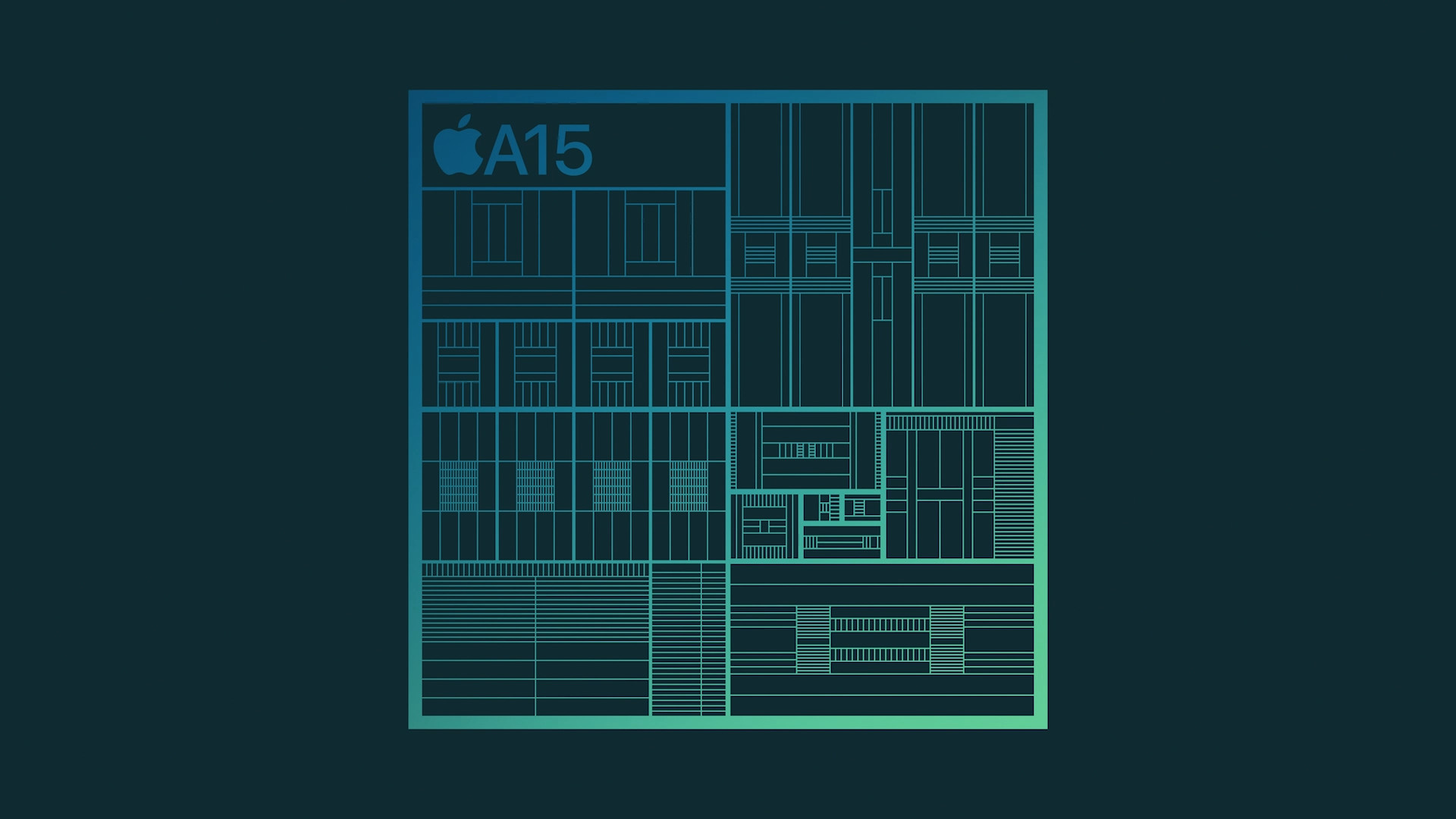
Performance changes
Finally, let's briefly look at how the new Macs have actually improved. Let's start with the MacBook Pro. It can be fitted with an M2 Pro chip with up to a 12-core CPU, 19-core GPU and up to 32GB of unified memory. These possibilities are expanded even further with the M2 Max chip. In that case, the device can be configured with up to 38 core GPUs and up to 96GB of unified memory. At the same time, this chip is characterized by double the throughput of the unified memory, which speeds up the entire process. The new computers should thus noticeably improve especially in the area of graphics, working with video, compiling code in Xcode and others. However, as we mentioned above, the major improvement will most likely come next year.
It could be interest you
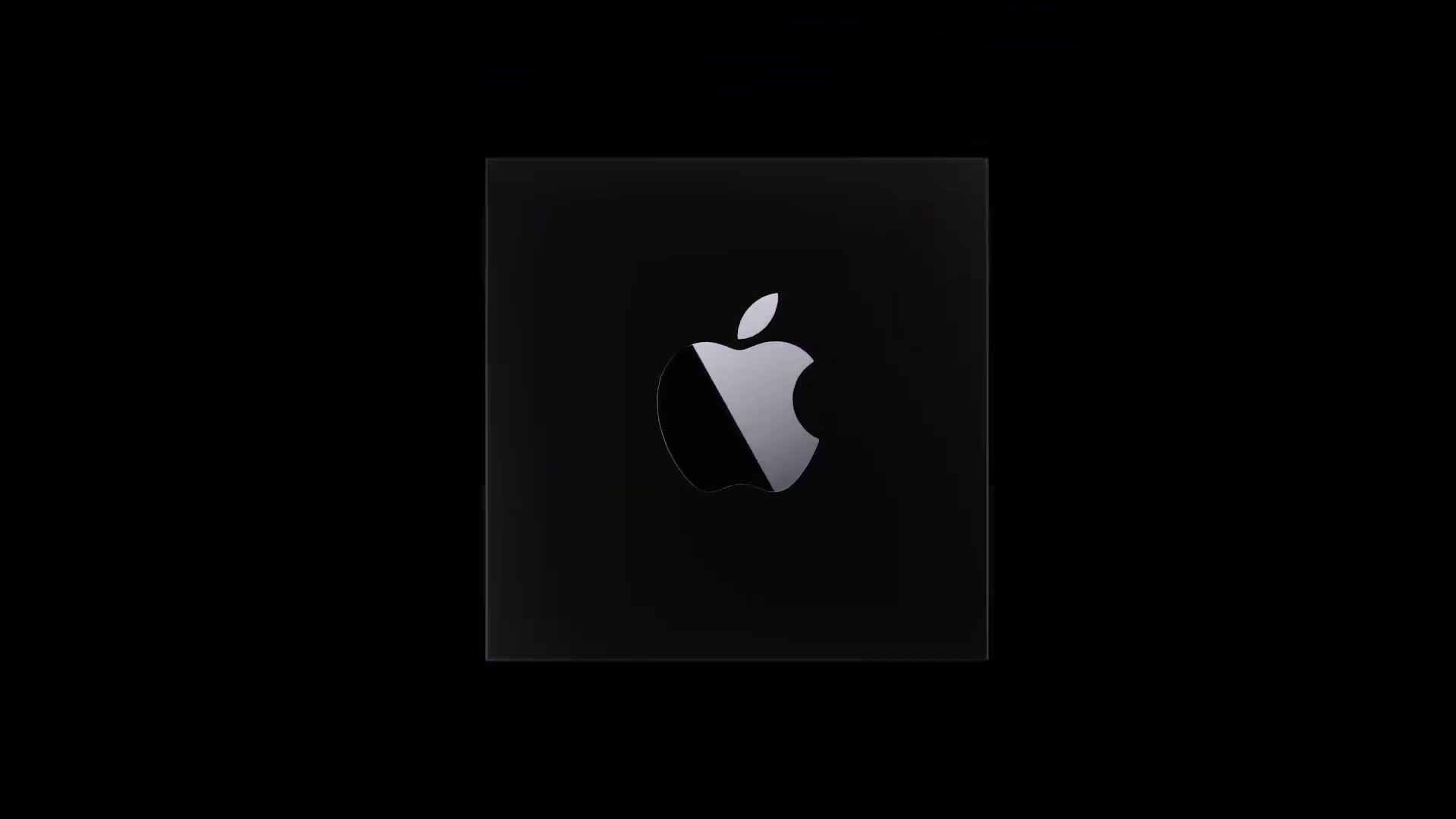
 Adam Kos
Adam Kos 





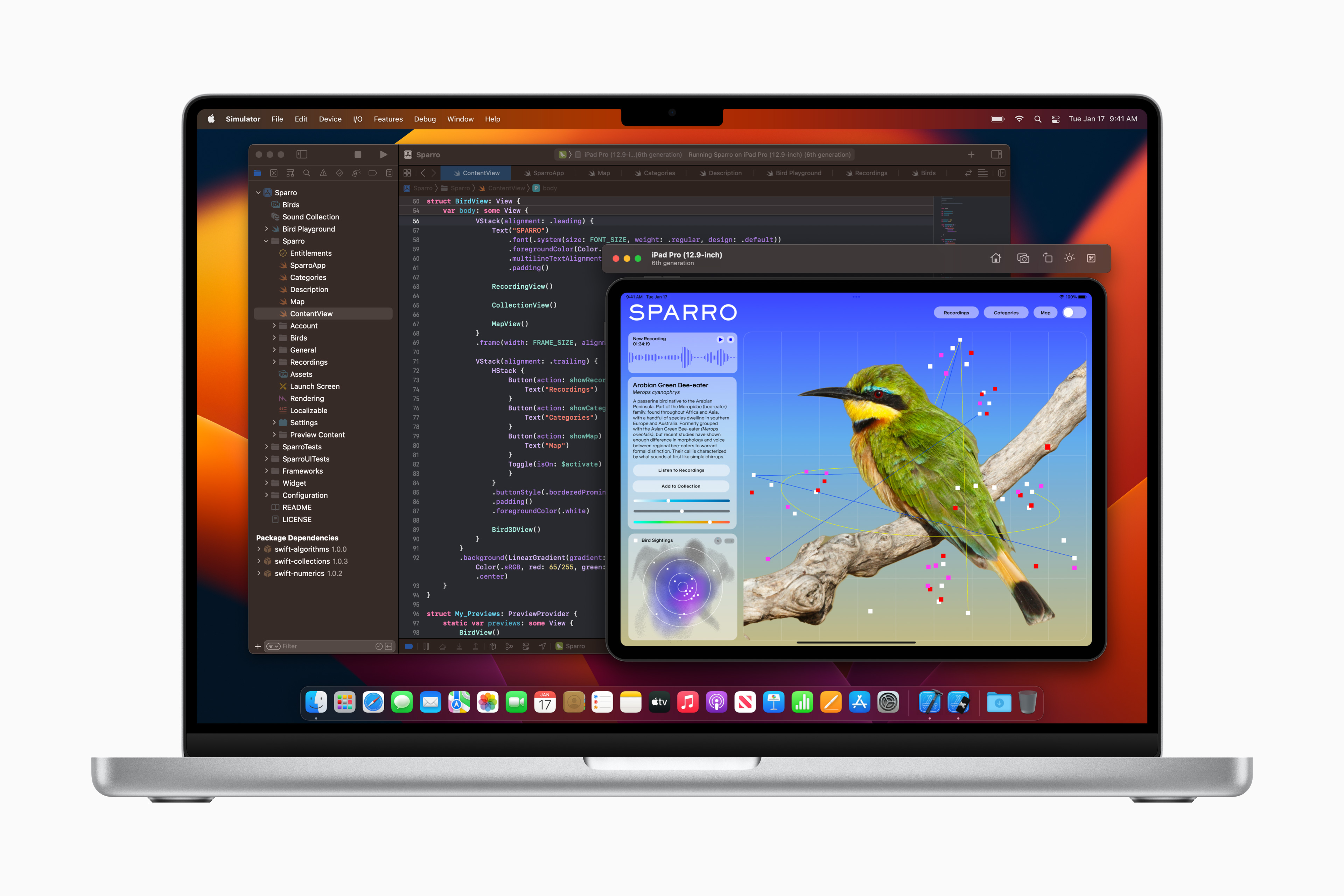
Don't talk! Who would have thought that the new processor generation will be more powerful than the previous one. And I was already hoping that Apple would release something about Celeron's performance. My whole world came crashing down!